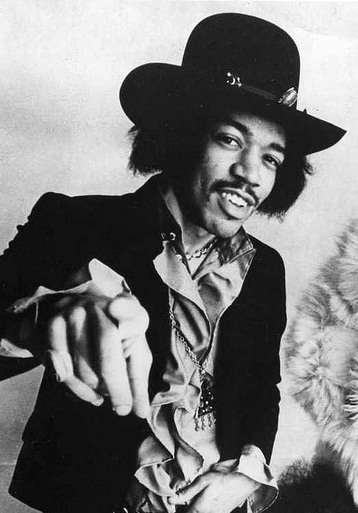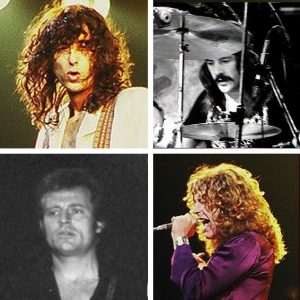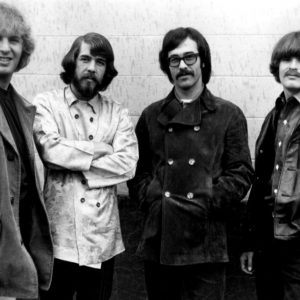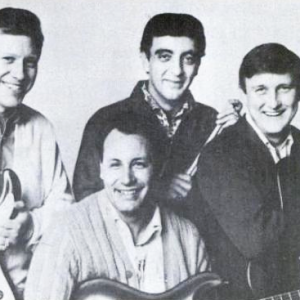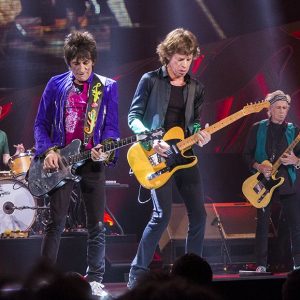Product Description
“Purple Haze” is a song written by Jimi Hendrix and released as the second record single by the Jimi Hendrix Experience on March 17, 1967. As a record chart hit in several countries and the opening number on the Experience’s debut American album, it was many people’s first exposure to Hendrix’s psychedelic rock sound.
The song features his inventive guitar playing, which uses the signature Hendrix chord and a mix of blues and Eastern modalities, shaped by novel sound processing techniques. Because of ambiguities in the lyrics, listeners often interpret the song as referring to a psychedelic experience, although Hendrix described it as a love song.
“Purple Haze” is one of Hendrix’s best-known songs and appears on many Hendrix compilation albums. The song featured regularly in concerts and each of Hendrix’s group configurations issued live recordings. It was inducted into the Grammy Hall of Fame and is included on lists of the greatest guitar songs, including at number two by Rolling Stone and number one by Q magazine.
By January 5, 1967, the Jimi Hendrix Experience’s first single, “Hey Joe”, backed with “Stone Free”, had peaked at number six on the UK record chart. “Hey Joe” was not a Hendrix composition – it was written by Billy Roberts and recorded by several groups prior to the Experience. Hendrix commented, “That record isn’t us. The next one’s gonna be different. We’re working on an LP which will mainly be our stuff.” The group recorded several demos of original material at studios in London, including “Can You See Me”, “Foxy Lady”, “Third Stone from the Sun”, “Red House”, and “Remember”. In the middle of December, producer Chas Chandler heard Hendrix toying around with a new guitar riff. “I heard him playing it at the flat and was knocked out. I told him to keep working on that, saying, ‘That’s the next single!'” Chandler claimed that after some more urging, Hendrix wrote the rest of “Purple Haze” in the dressing room of a London club during the afternoon of December 26, 1966, before a gig. In several interviews, Hendrix spoke about writing the song, but did not mention where or when he wrote it.
The Experience began recording “Purple Haze” on January 11, 1967, at De Lane Lea Studios in London. According to drummer Mitch Mitchell, he and bassist Noel Redding learned the song in the studio: “Hendrix came in and kind of hummed us the riff and showed Noel the chords and the changes. I listened to it and we went, ‘OK, let’s do it.’ We got it on the third take as I recall.” The basic track was recorded in four hours, according to Chandler. Multitrack recording technology allowed engineers to record and complete additional parts on the final master. After the basic track was finished, Chandler explained that he and Hendrix developed the song:
With ‘Purple Haze’, Hendrix and I were striving for a sound and just kept going back in [to the studio], two hours at a time, trying to achieve it. It wasn’t like we were there for days on end. We recorded it, and then Hendrix and I would be sitting at home saying, ‘Let’s try that.’ Then we would go in for an hour or two. That’s how it was in those days. However long it took to record one specific idea, that’s how long we would book. We kept going in and out.
Redding and Mitchell were not included in the process because Chandler felt that it was more efficient for him and Hendrix to do it alone. To get a better quality recording, Chandler took the four-track tape recorded at De Lane Lea to Olympic Studios for overdubbing (although Hendrix had worked with eight-track recording in the US, it was not yet available in the UK). At Olympic, they were assigned Eddie Kramer, who, as a sound engineer, played an important role in subsequent Hendrix recordings. Hendrix added new vocals and guitar parts between February 3 and 8, 1967. Unlike the conventional techniques used by the Experience to record previous songs, Chandler decided to try out new effects and sounds for “Purple Haze”. He enhanced background sounds (some contributed by Redding) by playing them back through headphones, which were moved around the recording microphone, creating “a weird echo”. Chandler also used sped-up guitar parts recorded at half-speed (which also raises the pitch) and panning to create novel effects. The guitar solo features the first use of the Octavia guitar effects unit. Acoustical and electronics engineer Roger Mayer developed the unit with input from Hendrix. The Octavia doubles the frequency of the sound it is fed, essentially adding an upper octave.

